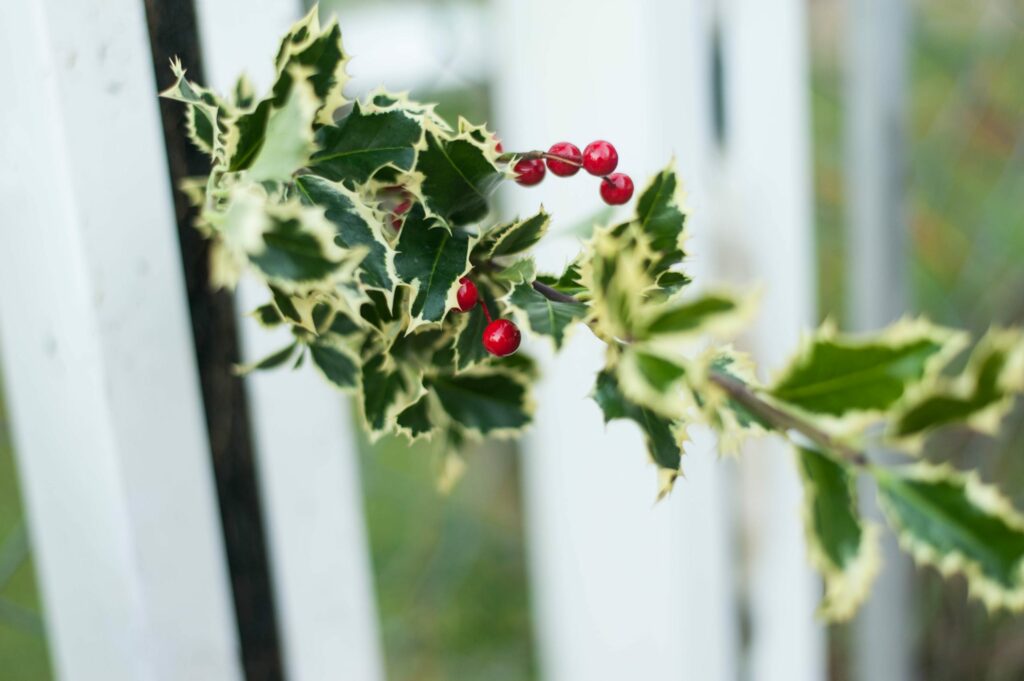Holiday staples poinsettias and holly offer insights into growing decorative plants in your greenhouse and, hey, it’s Christmastime; these beauties are in high demand.
The lasting, vibrant colors of poinsettias and hollies recommend themselves as easy winter decorations and have done so for centuries. Guatemalan and Mexican peoples decked their halls with poinsettias long before Franciscan missionaries introduced them to the idea of Christmas, and the scattered tribes of pre-medieval Europe hung holly over doorframes as part of religious winter celebrations. Americans, with roots in both hemispheres, cheerily scatter both around their homes each December.
Poinsettias Patenting Problem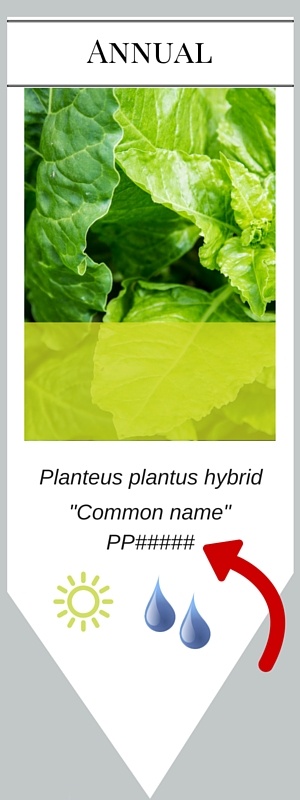
Before these Christmas classics appear in nurseries, growers have to double-check their commercial viability. According to the U.S. Patent and Trademark Office, poinsettia sales generate about $250 million across the country, so the market is obviously there. However, that this information comes from the USPTO points out one of the problems growers run into right at the start of their poinsettia projects: Many, many poinsettia varieties are patented and cant be sold commercially.
The same is true of many varieties of holly. Check tags for PP (plant patent) or PPAF (plant patent applied for) before purchasing. The rule applies to any plant you want to propagate, especially roses. To propagate, you need a license from the patent holder.
Poinsettias: You’ve Gotta Know How to Grow Em
If you’re growing poinsettias from seed, plant them in the early summer in potting soil. Keep the soil moist but not soggy. The plants can remain outdoors or in a greenhouse throughout the summer, getting full light, but don’t keep them in temperatures below 50 degrees. You should have transplantable poinsettia shrubs by October.
(Click here for a seedling rack tutorial)
Many planters find it easier to begin with seedling plugs, which are available online and can be planted later in the season so you can save your gardening space for other plants. If using plugs, follow the same process but plant them in August.
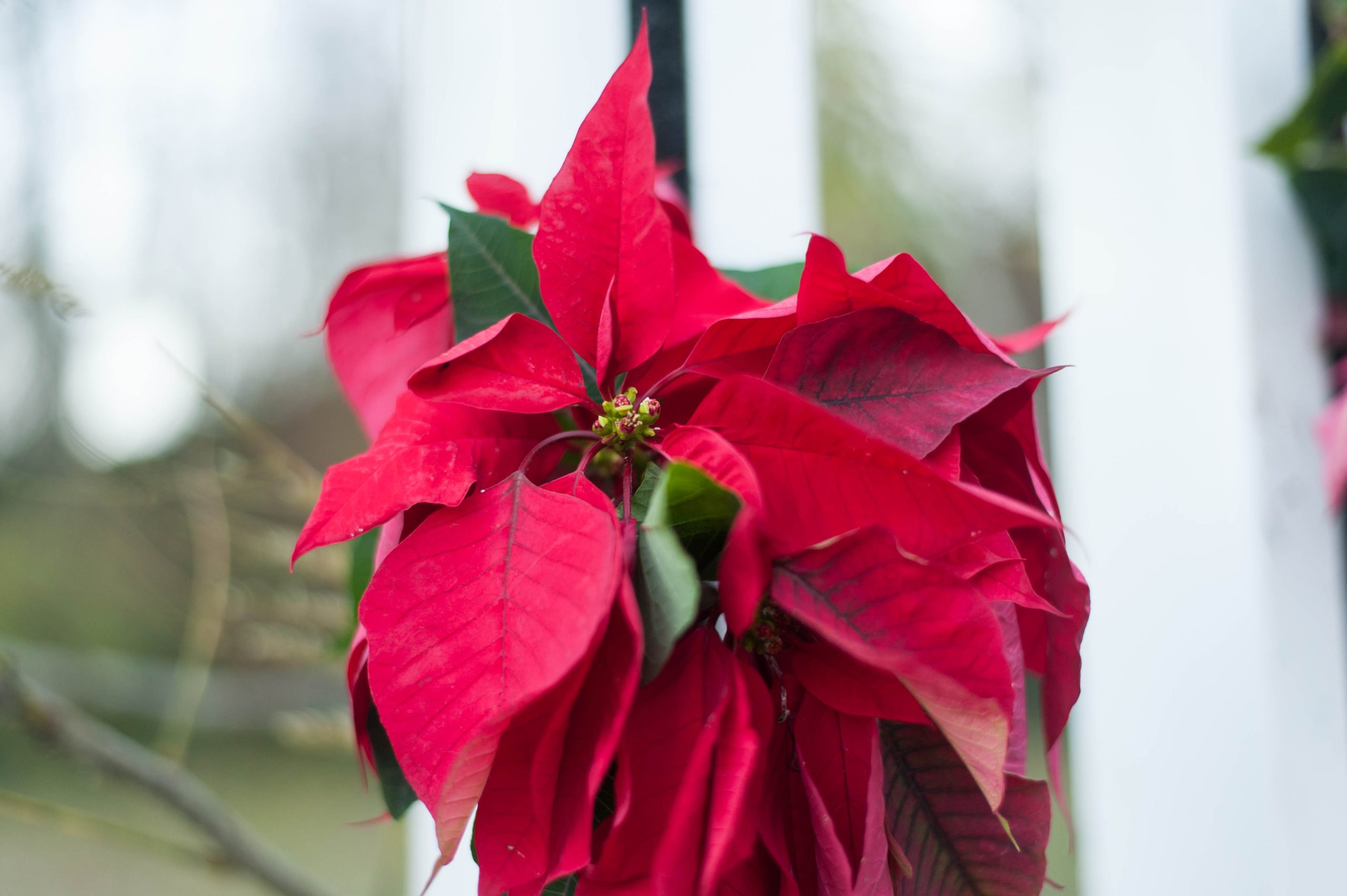
Beginning in October, poinsettias need 12 to 14 hours of total darkness everyday to bring out the color in their leaves. You can cover them, set up shades, or move them to another location. This alternating light and darkness is the only way to produce poinsettias with colors other than green. Using the ZipGrow Farm Wall can simplify the process because you can easily and safely cover the plants with a tarp and avoid blocking the light other plants in your greenhouse will desperately need during short autumn and winter days.
How Your Holly Can Wear the Crown
Hollies are trees, and like many trees, they take a couple years to grow from a seed to a plant you can get in the soil. You can propagate hollies from cuttings, but again: years. Best to purchase seedlings at least 6 inches tall.
When you buy holly, remember that you typically need female (like most people named Holly) and male (like Buddy) varieties to produce berries. Don’t assume the names of the varieties are a giveaway, either: The Guardian points out that Golden Queen holly trees are actually male. If you want berries, you need both. The exception is Chinese holly, which doesn’t require male pollination.
Hollies thrive with well-drained yet moist soil, so a hydroponic system with high void spaceone that won’t completely drench roots yet maintains moisturewould be a great way to keep plantshealthy before holiday sales. Keep them in the sunlight or in lightly shaded spots, and use soil or plant food with some acidity to it.
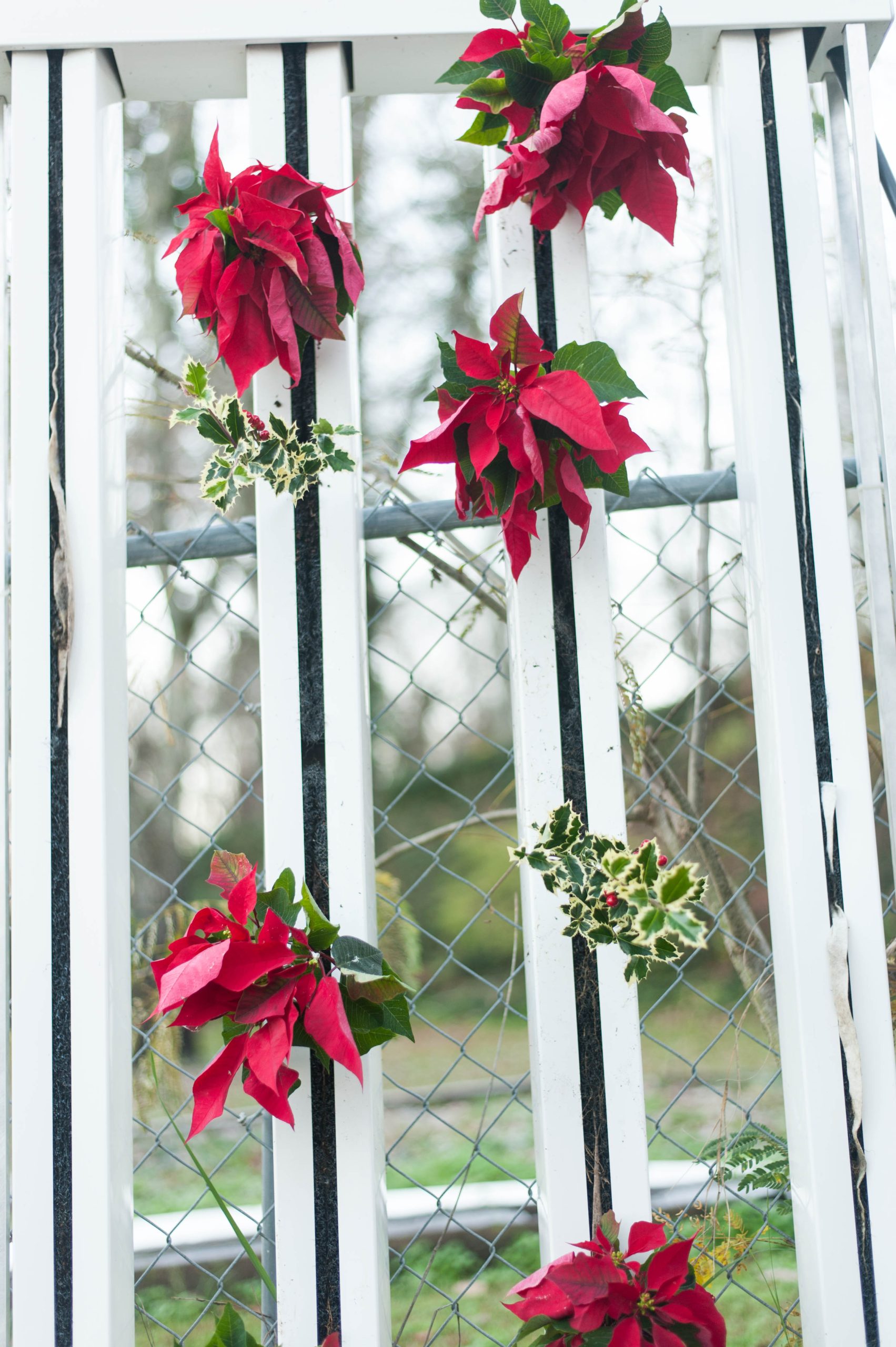
You could easily experiment with ways to achieve better pollination by using different varieties and separating the hollies by rows, though this might take up a lot of space. Using vertical yet well-spaced systems, such as ZipGrow Towers, can alleviate that problem.
Merry and Bright Plant Displays
If you decide to sell poinsettias or holly or any other decoratives, for that matter member that customers are selecting their plants based on visual impact. Be careful to keep your decoratives growing in an attractive way. Don’t just have a section for roses here, some creeping ivy off by the wall, and some tables for poinsettias over in the corner; this neither makes your products look attractive nor helps customers understand how they can use the plants in their homes and yards. The key is to display your plants.
At major retailers, decorative plants now receive decorations of their own. Holly plants with fake berries attached line shelves. Poinsettias sparkle with glitter. While these may border on sacrilege to the growing purist, you can bedazzle your wares without compromising your integrity; customers want to discover the different ways to use the goods they’re thinking about buying. Just be sure to add glamour without hiding the natural beauty of your plants. Consider adding Christmas lights to your displays or making some sample wreaths. Show off the power of your decoratives.
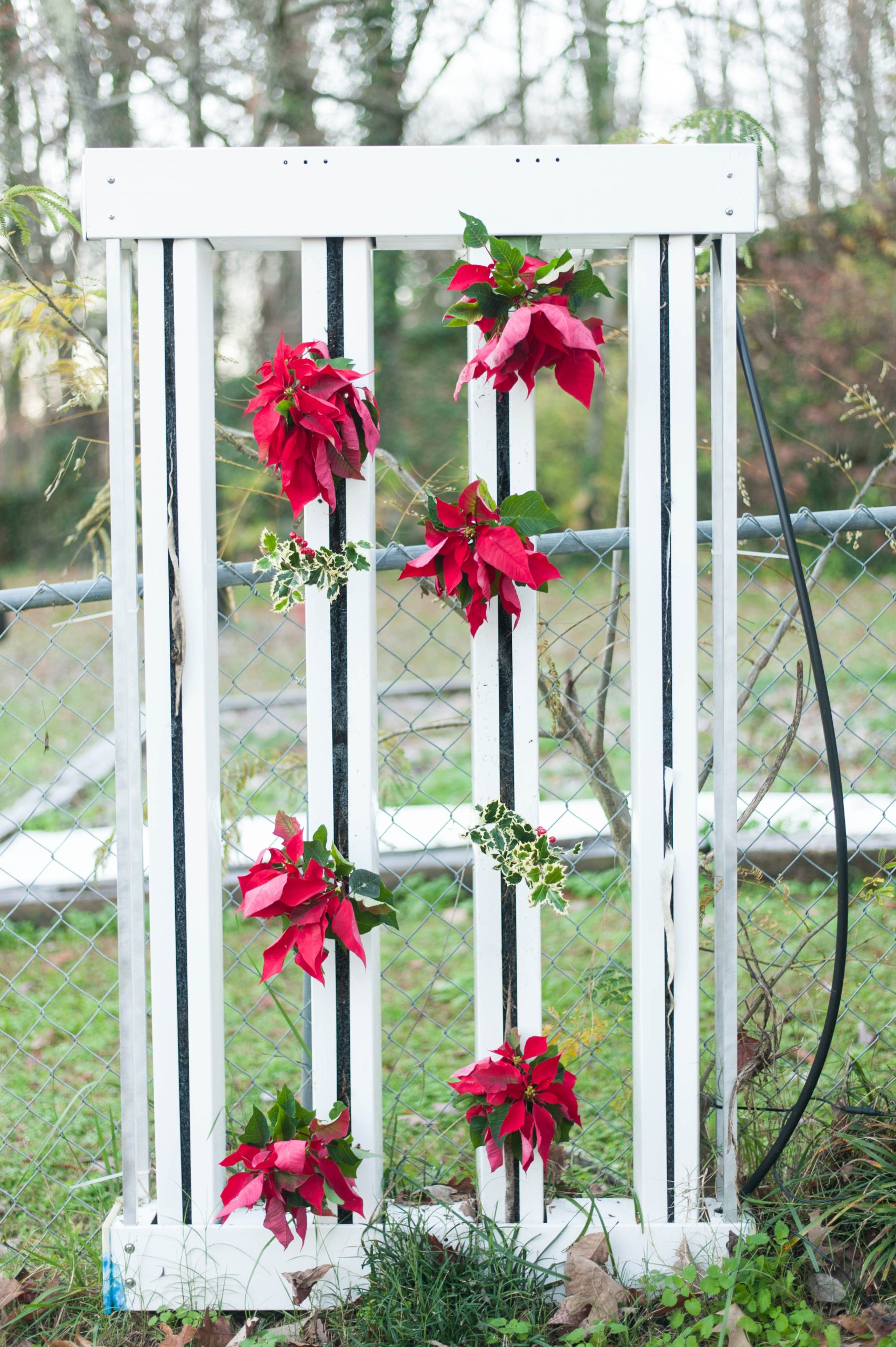
And to All a Nochebuena
With January upon us, holly and poinsettia sales are winding down for the year. Check online retailers for season-end clearance sales on these plants to get started for next year.
A final thought: In Mexico and Guatemala, poinsettias are called la flor de Nochebuena, or the flower of the Good Night (Christmas Eve). We hope yours is muy buena. Happy holidays!
Don’t have a greenhouse yet? What better time to start planning than the New Year?
Check out the Greenhouse Shopping List to discover what you’ll need.

